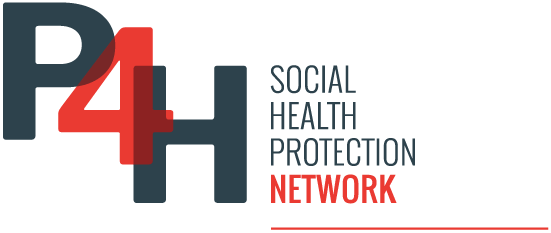Access to essential medicines, as defined by the World Health Organization, is a cornerstone of universal health coverage. Yet, many people worldwide face high out-of-pocket costs or limited availability, particularly in low- and middle-income countries. Understanding how the prices and affordability of these medicines vary across different markets is crucial for addressing these inequities.
In this JAMA Health cross-sectional study, Olivier J. Wouters, Cyprien Denolle, Jinru Wei, and colleagues analysed 2022 data on 549 essential medicines across 72 high-, middle-, and low-income markets, covering 87 countries. Using Laspeyres price indices and minimum wage–based affordability metrics, the study found significant variation in prices and affordability, with poorer countries often facing higher real costs despite lower nominal prices. The findings highlight disparities in access, revealing that even widely available medicines may remain financially out of reach. These insights are critical for policymakers and international health organisations seeking strategies to promote equitable pricing and improve global access to essential medicines.

